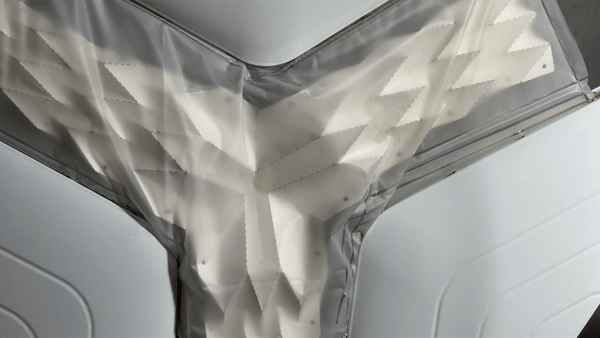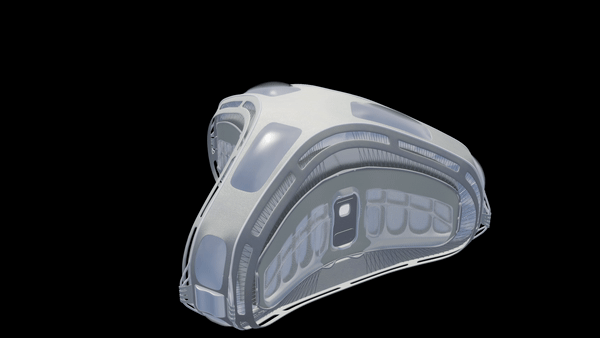AutoFlux
Studio Pierandrea Angius
Tutors Tina Tsagkaratou, Angel Tenorio
Team Soravis Nawbhanich, Shengying Tao, Ata Yuksel, Anna Kondrashova
Autoflux embodies two key concepts, the idea of a responsive mechanical system and of being in a state of constant change. Our project tackles urban flooding at the inhabitable scale, enabling a symbiotic relationship between flood zones and the urban population that they impact. Autoflux reclaims parts of today’s cities that are currently at risk of submersion. We refer to this reciprocal relationship, and the act of purposefully occupying these regions, as Aquatic Urbanism, whereby the architecture not only resists the flooding but thrives and is fuelled by it. The objective is not to prevent or inhibit geological events, but rather to learn to exist in a symbiosis with them, to design new kinds of strategies for life with - and not disrupted by - the instability of susceptible environments.
Our intended site is the Okayama Prefecture in Japan, particularly the city of Kurashiki, which suffered a disastrous flood in 2018, and is still in search of solutions to prevent another event of this severity. Testing this specific site helped us explore our project’s capability of resisting both seasonal flooding, as well as the more instantaneous catastrophic flash flooding.
Inspired by the mass-producibility and nomadism of the automotive industry, one of the goals for Autoflux is to create an architecture that gives the occupant freedom to relocate and/or aggregate, on a need-basis. At a time of radical advances in both design and fabrication, from both the nautical and automotive industry, our focus is on material efficiency, resourceful fabrication, structural innovation, resilient form, minimal space and mass producibility.
Our ultimate thesis aim is to envision a new generation of architecture with the capacity to move, transform and evolve, responding to rapidly changing and increasingly volatile global environmental conditions. Autoflux anticipates resilient architectural strategies that can help us not only combat, but thrive in the extreme environmental conditions.












